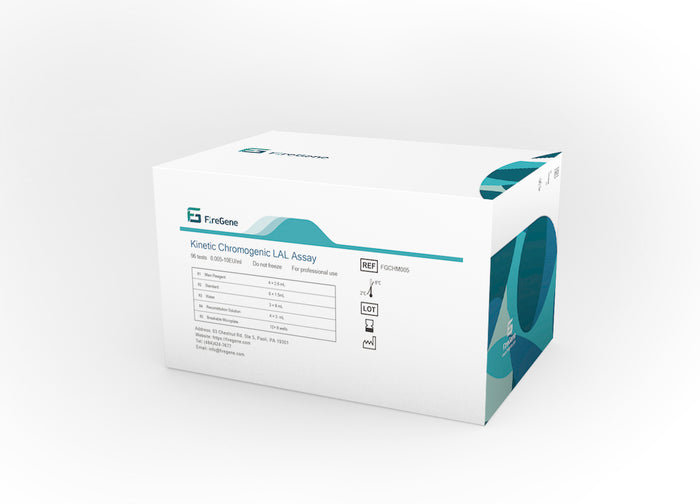
# LAL Kinetic Chromogenic Assay for Endotoxin Detection
## Introduction
The LAL Kinetic Chromogenic Assay is a highly sensitive and widely used method for detecting endotoxins in pharmaceutical products, medical devices, and other materials. This assay plays a critical role in ensuring patient safety by identifying potentially harmful bacterial endotoxins that could cause fever, shock, or other adverse reactions when introduced into the bloodstream.
## How the LAL Kinetic Chromogenic Assay Works
The assay is based on the clotting mechanism of Limulus Amebocyte Lysate (LAL), a substance derived from the blood cells of horseshoe crabs. When endotoxins are present, they trigger a series of enzymatic reactions in the LAL reagent:
The first step involves the activation of Factor C by endotoxin, which then activates Factor B. This cascade ultimately leads to the activation of a proclotting enzyme that cleaves a synthetic chromogenic substrate.
The cleaved substrate releases p-nitroaniline (pNA), a yellow-colored compound whose concentration can be measured spectrophotometrically at 405 nm. The rate of color development is directly proportional to the endotoxin concentration in the sample.
## Advantages of the Kinetic Chromogenic Method
High Sensitivity
This method can detect endotoxin concentrations as low as 0.005 EU/mL, making it suitable for testing products with strict endotoxin limits.
Quantitative Results
Unlike gel-clot methods, the kinetic chromogenic assay provides precise quantitative measurements of endotoxin levels.
Automation Compatibility
The assay is well-suited for automated systems, allowing for high-throughput testing in quality control laboratories.
## Applications in Pharmaceutical Industry
The LAL Kinetic Chromogenic Assay is used throughout the pharmaceutical manufacturing process:
- Raw material testing
- In-process control
- Final product release testing
- Medical device testing
- Water system monitoring
## Regulatory Considerations
The method is recognized by major pharmacopoeias including the United States Pharmacopeia (USP), European Pharmacopoeia (Ph. Eur.), and Japanese Pharmacopoeia (JP). Validation requirements include demonstration of specificity, accuracy, precision, linearity, and range.
Keyword: LAL Kinetic Chromogenic Assay
## Conclusion
The LAL Kinetic Chromogenic Assay remains the gold standard for endotoxin detection due to its sensitivity, precision, and regulatory acceptance. As pharmaceutical products become more complex and endotoxin limits more stringent, this method continues to play a vital role in ensuring product safety and patient well-being.